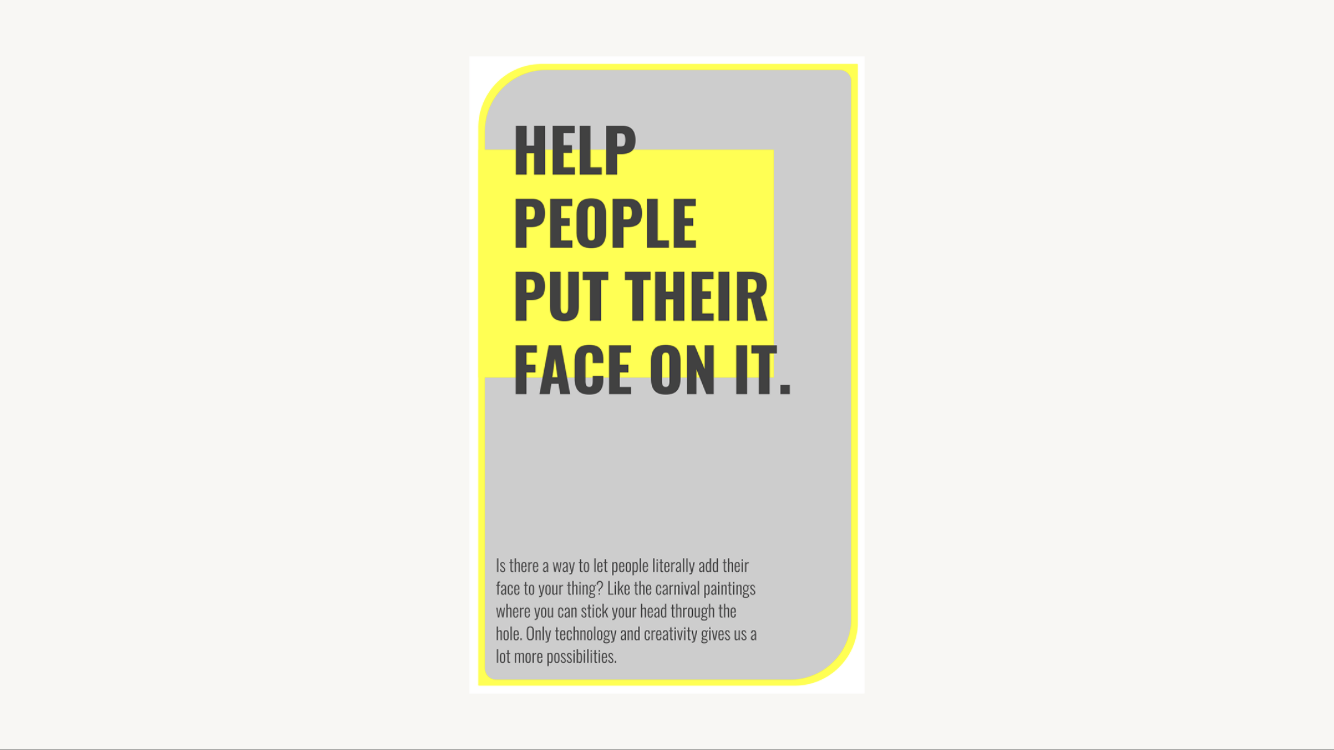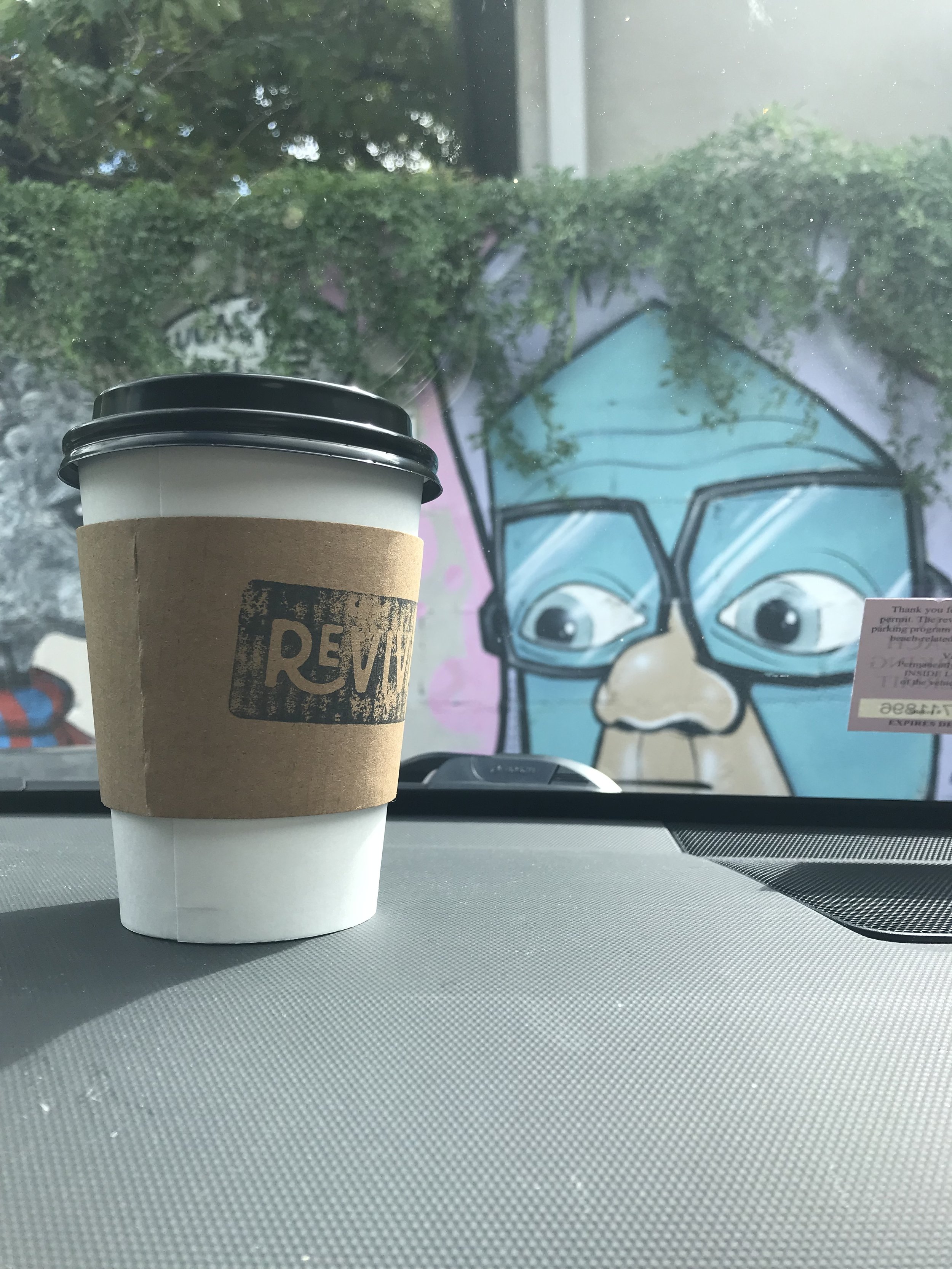We’re experiencing a major generational shift in the consumer base right now. Millennials are the largest subsection of the workforce, yet the oldest members of Generation Z are currently in college, already starting new businesses, and/or working in the most entry-level positions. While some products and services are still targeted toward Baby Boomers, the vast majority of companies need to continue appealing to Gen X, Gen Y, and Millennials, while also getting ready for Gen Z.
Buying Power
Gen Y and Millennials, for instance, don’t want to feel marketed to, and are experts on completely ignoring advertising altogether. Gen Z is skeptical, brand-wary, and more financially conservative (basically an anti-Millennial).
We can help you determine your target market and craft a plan to ensure your prospective customers are engaging with you — authenticity rules the day!
Social Media
We’ll be diving into social media-related topics in greater depth on the blog this year, but the biggest tip we can mention overall is that all digital media MUST be share-worthy, as sharing adds infinite reach. Inspiring quotes, event invitations, stunning photos, and fun taglines are super-shareable.
Stay Tuned
Coming soon on the blog:
Facebook Algorithm Updates for 2019
Relevant Social Media Channels for your Brand
Social Media Scheduling Tips



















